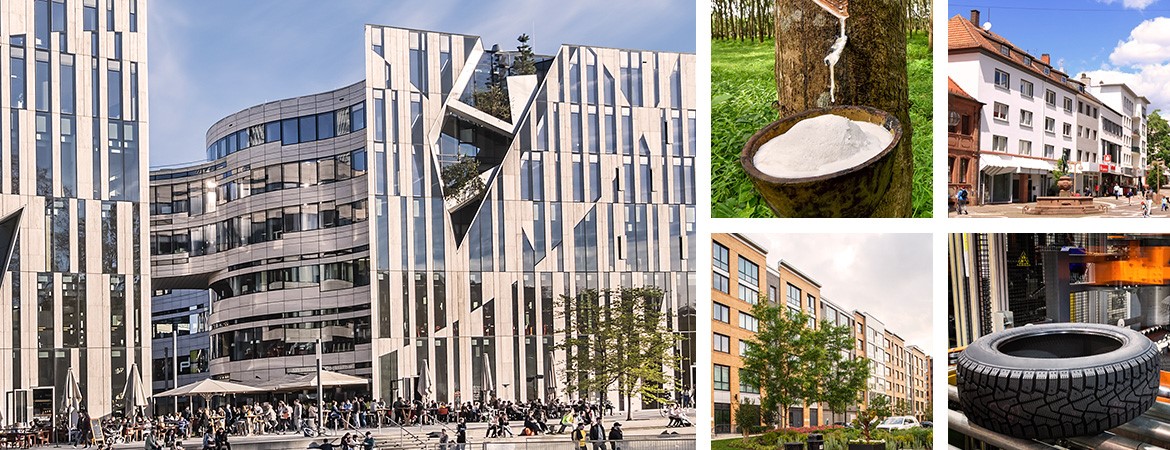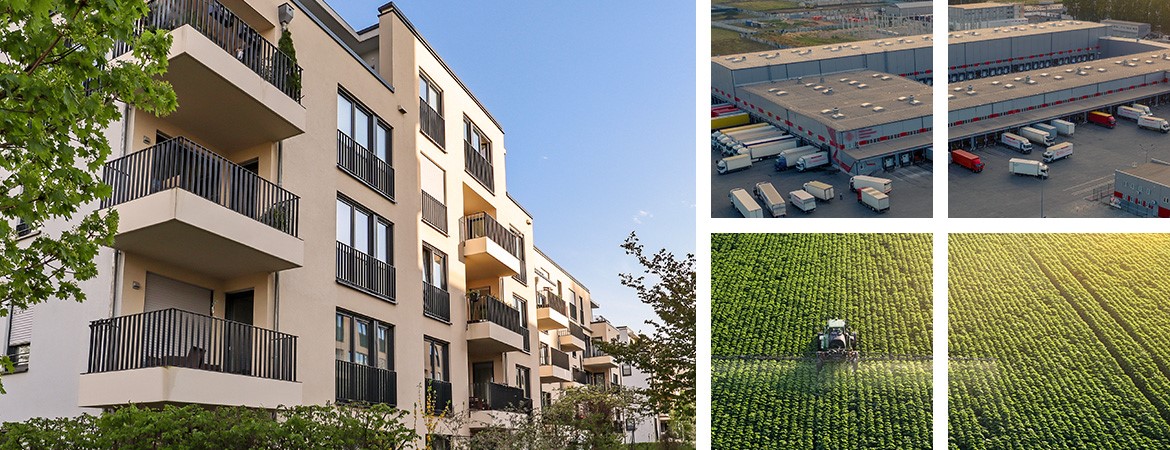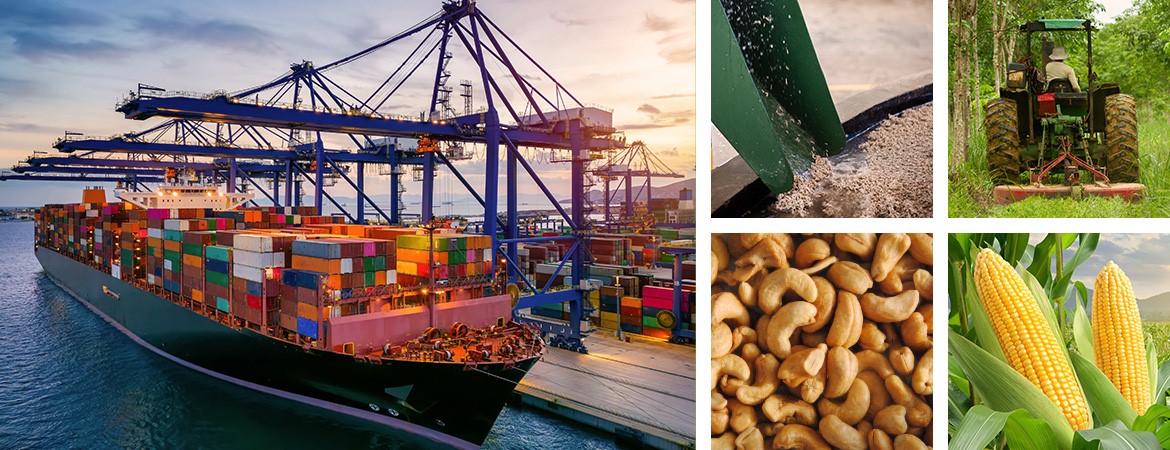








Buying, utilizing, developing, further developing, leasing, selling, an overall trading with agricultural and industrial land is an attractive business around the world. Within TIMBERFARM this business sector is overseen by TIMBERFARM Assets AG.
The market and business opportunities are especially good because in this area the company is building on existing experience, networks, and established structures at TIMBERFARM and, at the same time, is benefiting from the leasing of agricultural and industrial land to TIMBERFARM if new rubber plantations and rubber production sites are to be opened up and developed. Moreover, the market and business potential of this sector stems from general and specific factors, correlations, and framework conditions.
The world’s population is growing annually by around 80 million, and by 2050 will have grown from currently 7.7 billion to roughly 10 billion people. According to calculations of the Food & Agriculture Organization (FAO), this development will be accompanied by a doubling of the demand for agricultural commodities and food.
At the same time, the amount of fertile soil to grow renewable raw materials and food is dwindling rapidly around the world. In Germany alone, 75 hectares of land are lost every day. They are covered by concrete, contaminated, dried out, or eroded. As a result, the prices for agricultural land are rising faster and faster and are thus creating attractive commercial prospects for buying and selling agricultural and industrial land.
The climatic and agricultural conditions in Latin America are better than average. The region has just 15 percent of the world’s land, but receives over 30 percent of the world’s precipitation and is home to around 35 percent of all available renewable resources on Earth.
Agricultural production in Latin American countries is diverse and includes fruit, vegetables, and grains, but also raw materials like rubber, cotton, and many others. In the case of many products such as coffee, tobacco, maize, soy, and bananas, Latin American countries are world market leaders.
The agricultural production and, with that, also the development of and trade with agricultural land has been gaining ground in Latin America for decades, not the least because of the large and close North American sales markets.
Panama is of particular important for this core business. In Panama, TIMBERFARM operates rubber plantations on behalf of private and institutional investors as well as for its own account on around 2,500 hectares.
The group of companies is planning to expand the area over the mid-term to 10,000 to 15,000 hectares. This corresponds to 1.25 per mille of the overall area in Panama.
Panama is an ideal location from an economic, agricultural, and climatic perspective for producing, processing, and trading rubber, and developing, and trading agricultural and industrial land.
Land ownership as a commodity is become increasingly rare. Worldwide it is among the most important, attractive, and safest assets. In a small country like Panama, which thanks to the Panama Canal is in a unique position and for years has been growing economically at an above-average rate, the increase in property values depending on the location is particularly high. In the last two decades, this value grew on average between four and six percent annually.
And so, for instance, the development of national infrastructures can accelerate the development of industrial or residential areas and with that drive up the value of property. Noteworthy here is the ongoing extension of the Pan-American Highway (the world-famous highway which links the countries of the American continent) and the new train connection which is planned between Panama and Costa Rica. Value increases of 25, 50, or even 100 percent and more are possible in such areas at any time.
Also worthy of note is that TIMBERFARM‘s rubber plantations are operated over a relatively short period of just 15 years so that a proactive choice of location for rubber plantations, nurseries, and other operational facilities is of tremendous strategic importance. Because while the properties primarily generate lease income, which the rubber companies pay, after the growing period in many cases additional revenue can be generated through the profitable sale of land and reinvestments. TIMBERFARM owns quite a bit of land, acquired at per hectare prices of between US$ 3,000 and US$ 6,000 dollars. The land value today has already tripled or quadrupled.
If such options are not available or do not fit into TIMBERFARM’s overall strategy, the group can continue to lease the land to operate rubber plantations on them. Because in addition to the goal of generating profits with the land, TIMBERFARM wants above all to advance the development of rubber plantations with suitable areas up to 15,000 hectares. This is a core task of the business unit TIMBERFARM Assets AG.